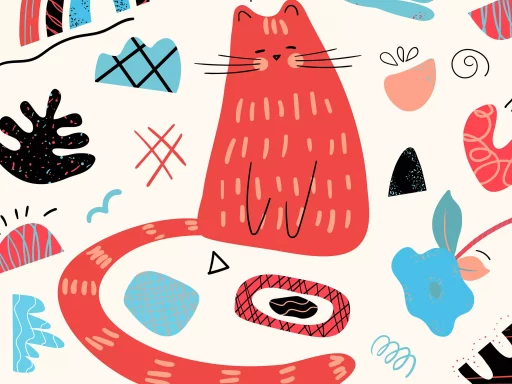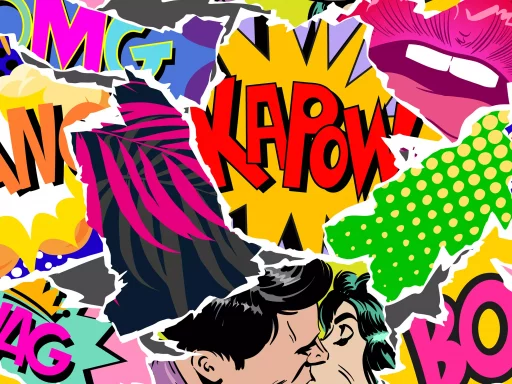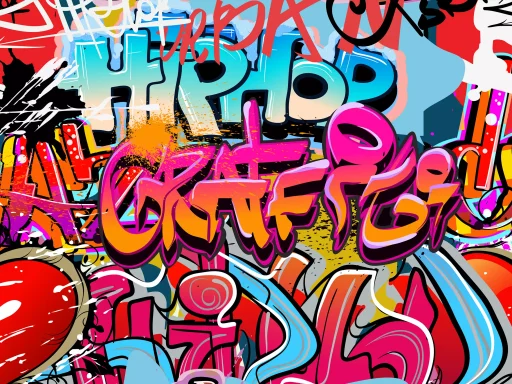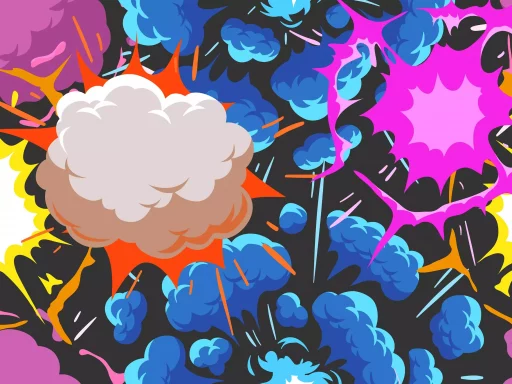Understanding Slang
Slang is a dynamic aspect of language that reflects the culture, social groups, and trends of a particular time. It often arises in specific contexts, providing a way for individuals to express identities and connect with others. While sometimes regarded as informal and less legitimate than standard language, slang plays a crucial role in the evolution of communication.
The Nature of Slang
Slang is characterized by its evolving nature and fluidity. Unlike standard vocabulary, which maintains a level of consistency, slang terms can rise and fall in popularity, often reflecting current social sentiments. For example, terms like ‘lit’ or ‘salty’ have gained traction in recent years, while older terms like ‘groovy’ or ‘far out’ have largely faded from common use.
Examples of Contemporary Slang
Today’s slang is heavily influenced by digital communication and social media. Here are some popular examples:
- Lit: Used to describe something that is exciting or excellent.
- Salty: Indicates a state of bitterness or anger.
- Ghosting: The act of suddenly cutting off all communication without explanation.
- Flex: To show off, often in a boastful manner.
- Bae: A term of endearment for a significant other, short for ‘before anyone else.’
Case Studies of Slang in Use
Slang can serve various purposes, from creating in-group solidarity to challenging societal norms. A few case studies illustrate this:
- Social Media Influence: The online platform TikTok has introduced and popularized numerous slang terms among younger generations. Terms like ‘stan’ (derived from the Eminem song about obsessive fandom) signify a dedicated fan of a celebrity or an idea.
- Music and Pop Culture: Hip-hop culture has been instrumental in introducing new slang into the mainstream. For instance, the term ‘lit’ has roots in the hip-hop community, reflecting vibrant nightlife and enjoyment.
- Regional Variations: Slang varies significantly across regions. For instance, ‘y’all’ is predominantly used in the Southern United States, whereas ‘wicked’ can mean ‘excellent’ in parts of New England.
Statistics on Slang Usage
A statistical approach to understanding the prevalence of slang reveals interesting trends:
- A 2020 survey found that over 75% of teenagers use slang in their daily conversations.
- Research indicates that 63% of young people believe that using slang helps them feel connected to their peers.
- Social media platforms report that slang terms can achieve viral status, influencing millions of posts and conversations worldwide.
The Role of Slang in Identity
Slang is often employed as a tool for identity formation. It allows individuals to express their belonging to specific groups, such as age cohorts, cultural backgrounds, or social circles. Studies have shown that young people are particularly adept at creating and adapting slang as a means of asserting independence and defining their identities.
Conclusion: The Future of Slang
As technology continues to advance and cultures mingle, slang will undoubtedly continue to evolve. Keeping an eye on emerging trends is essential for understanding how language and communication adapt in the modern world. Whether through social media, music, or regional dialects, slang remains a vibrant and integral part of our linguistic landscape.






